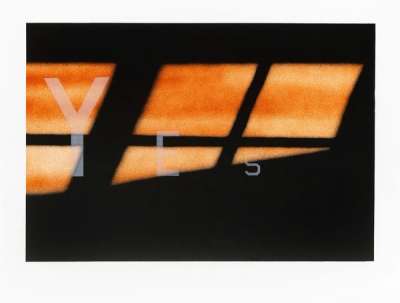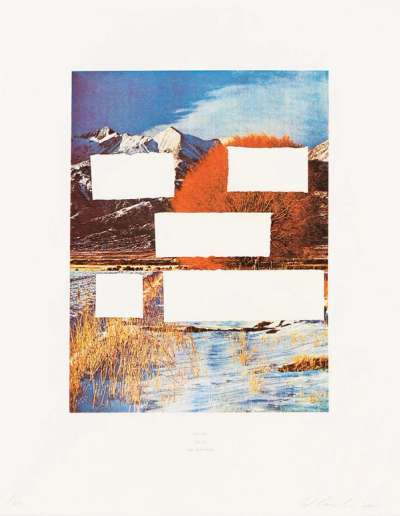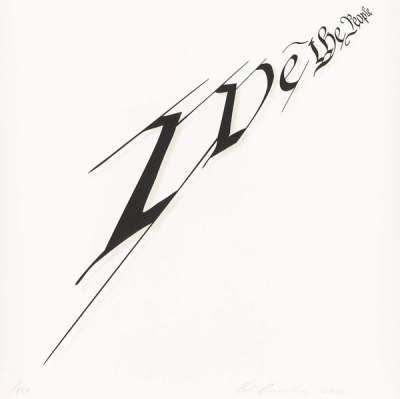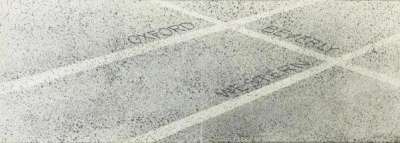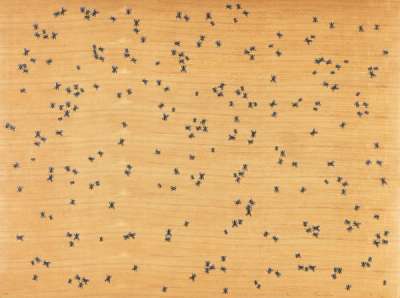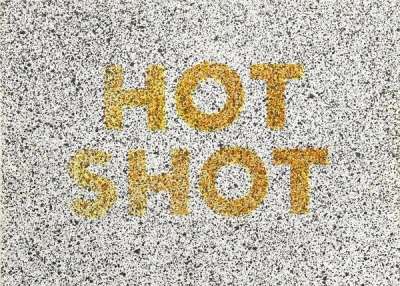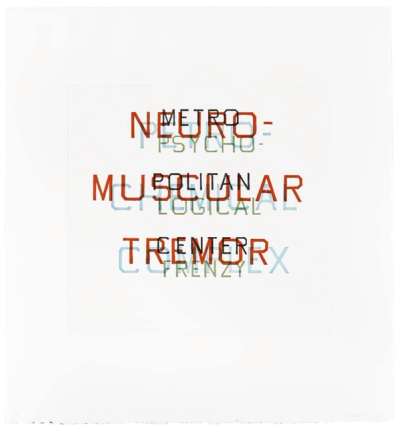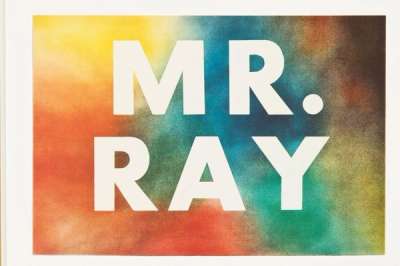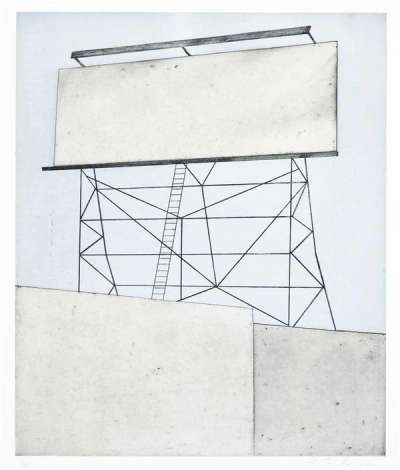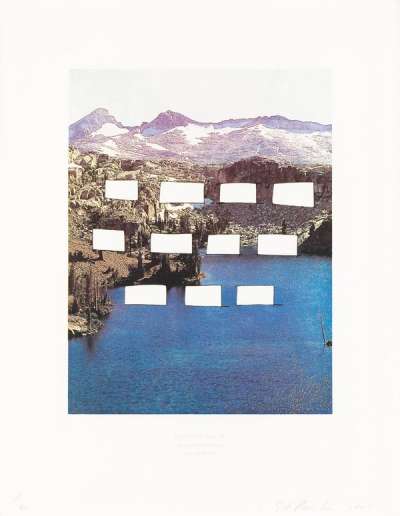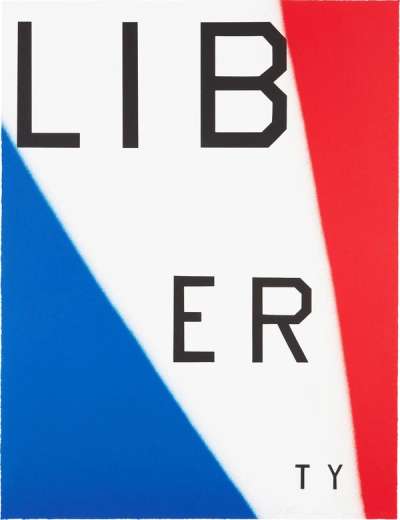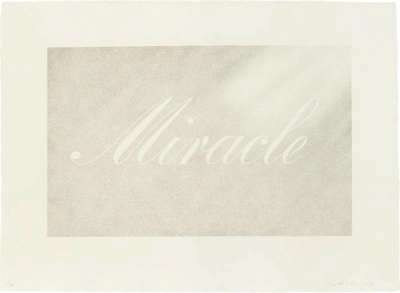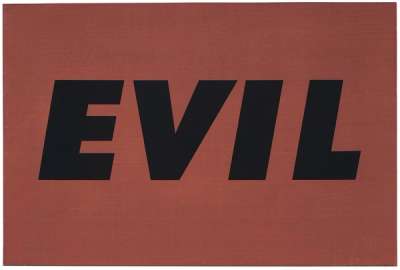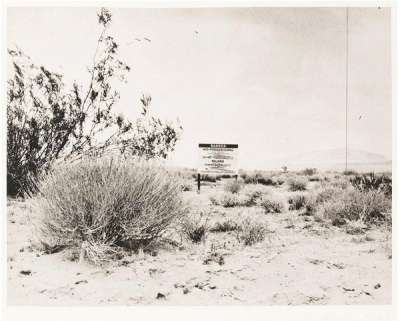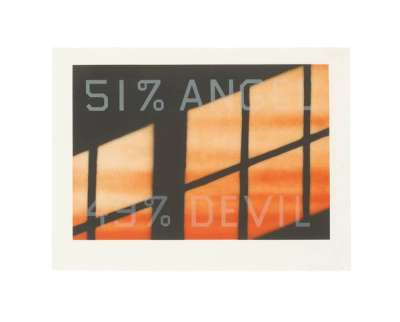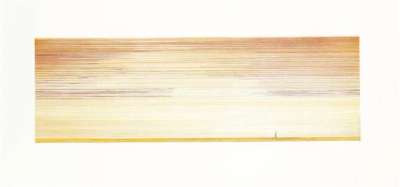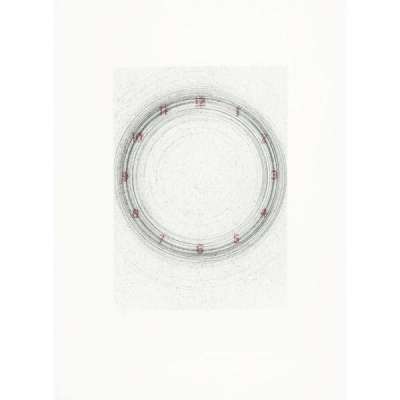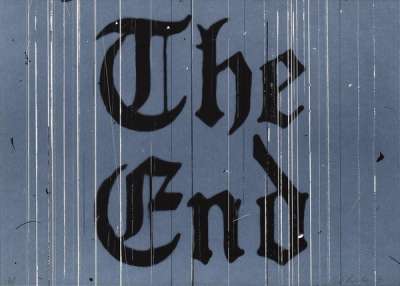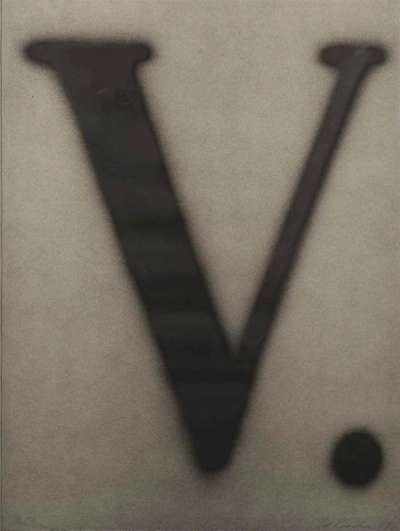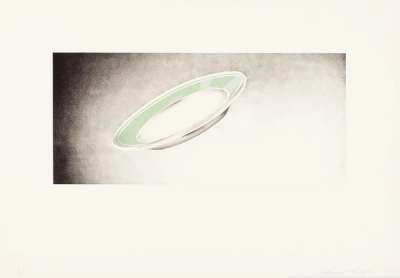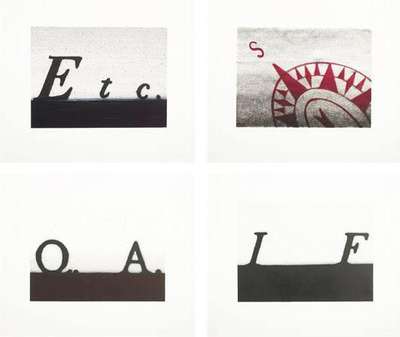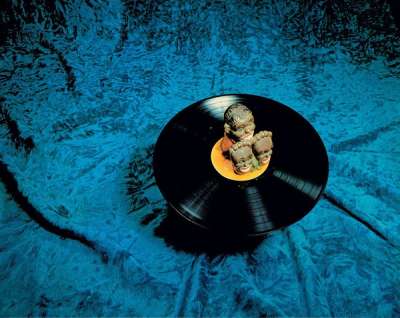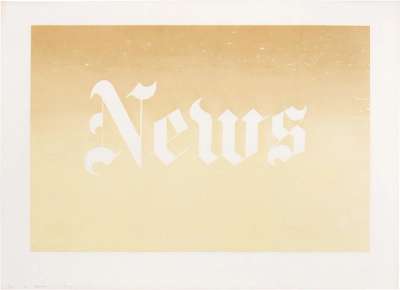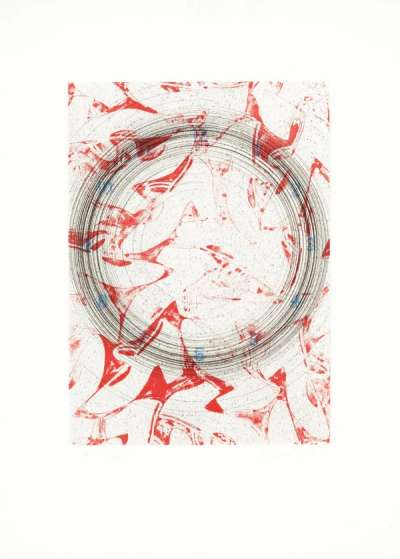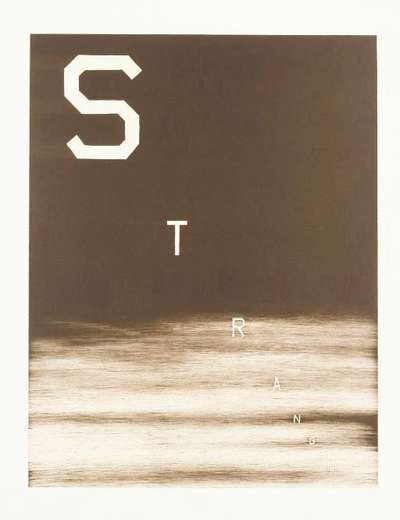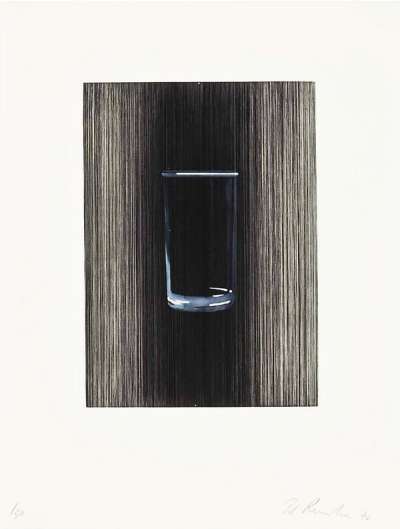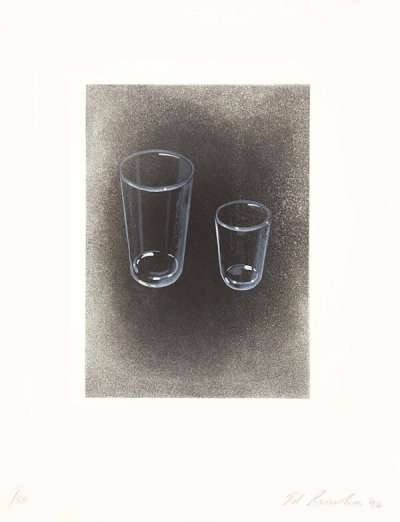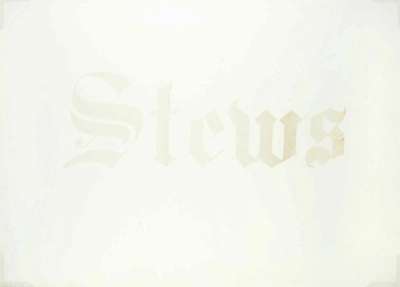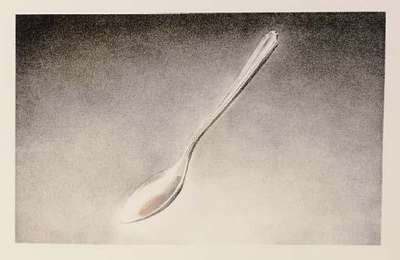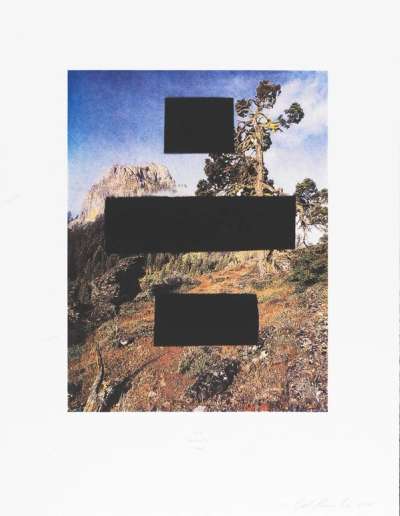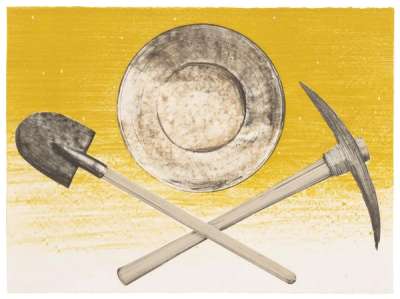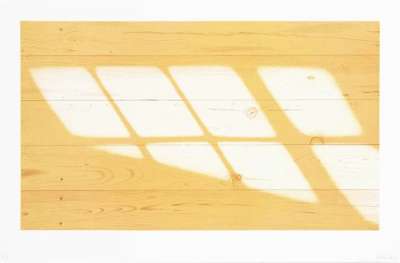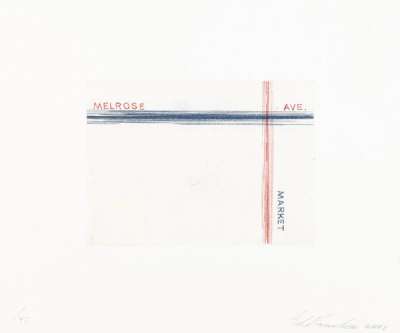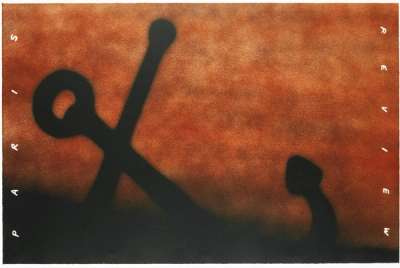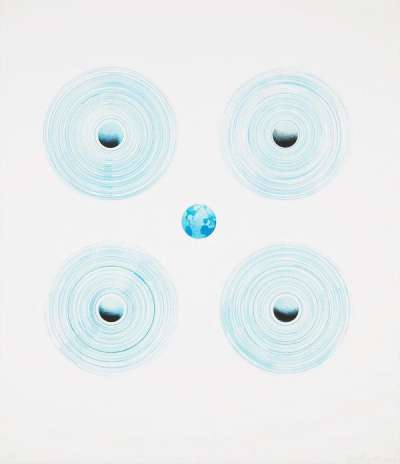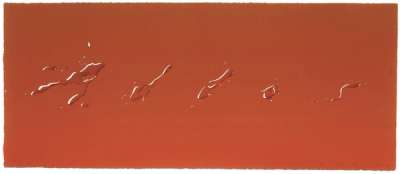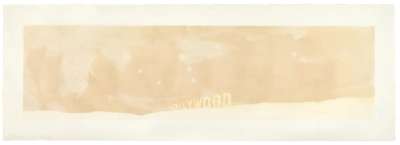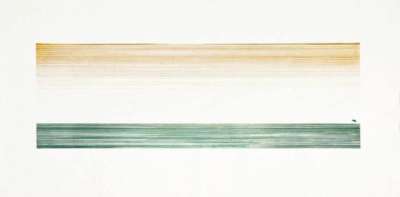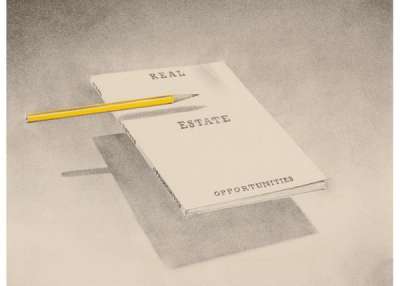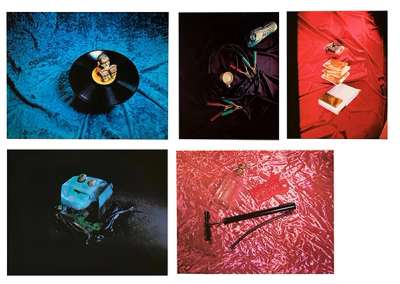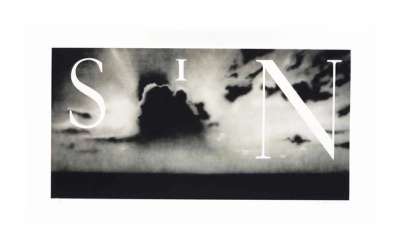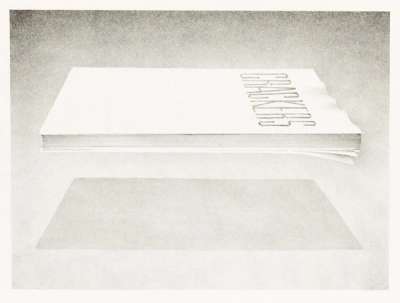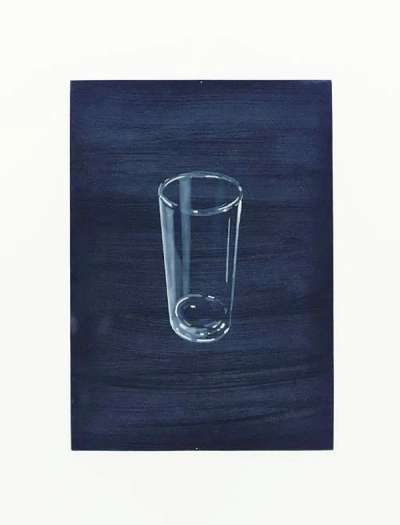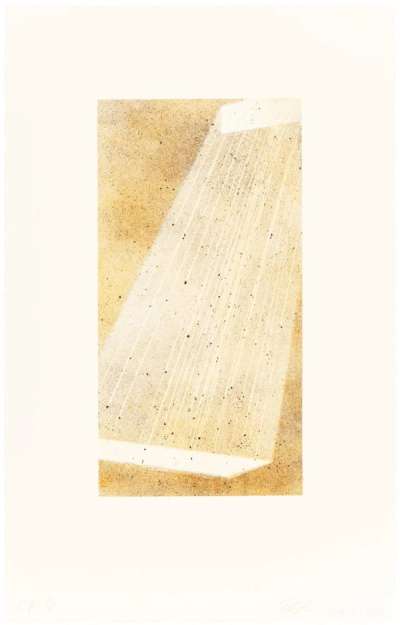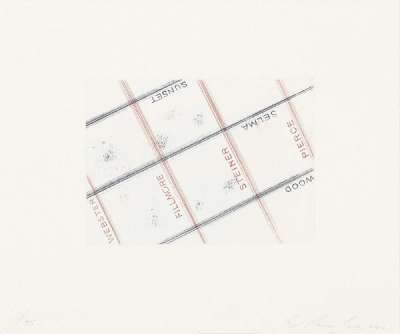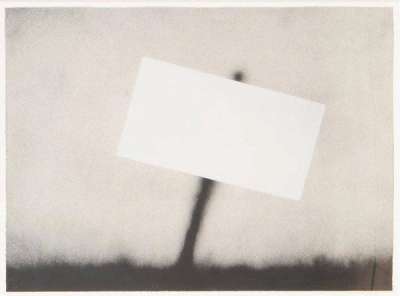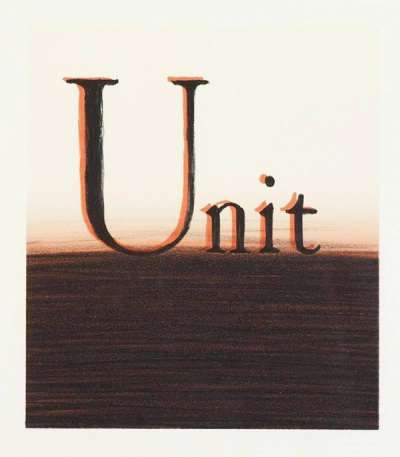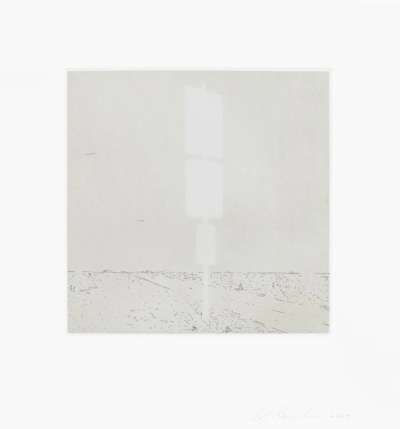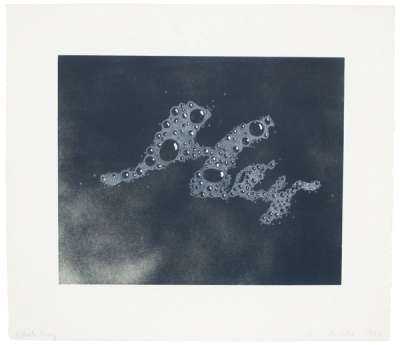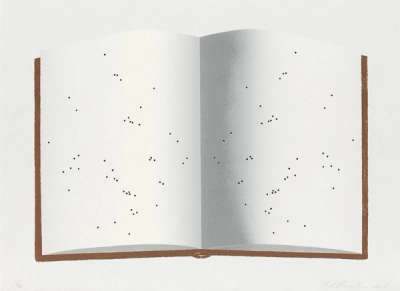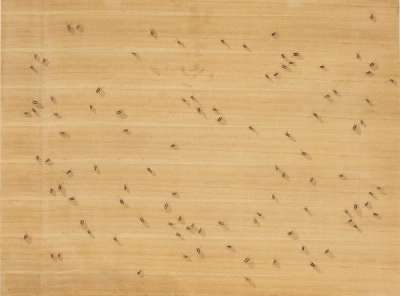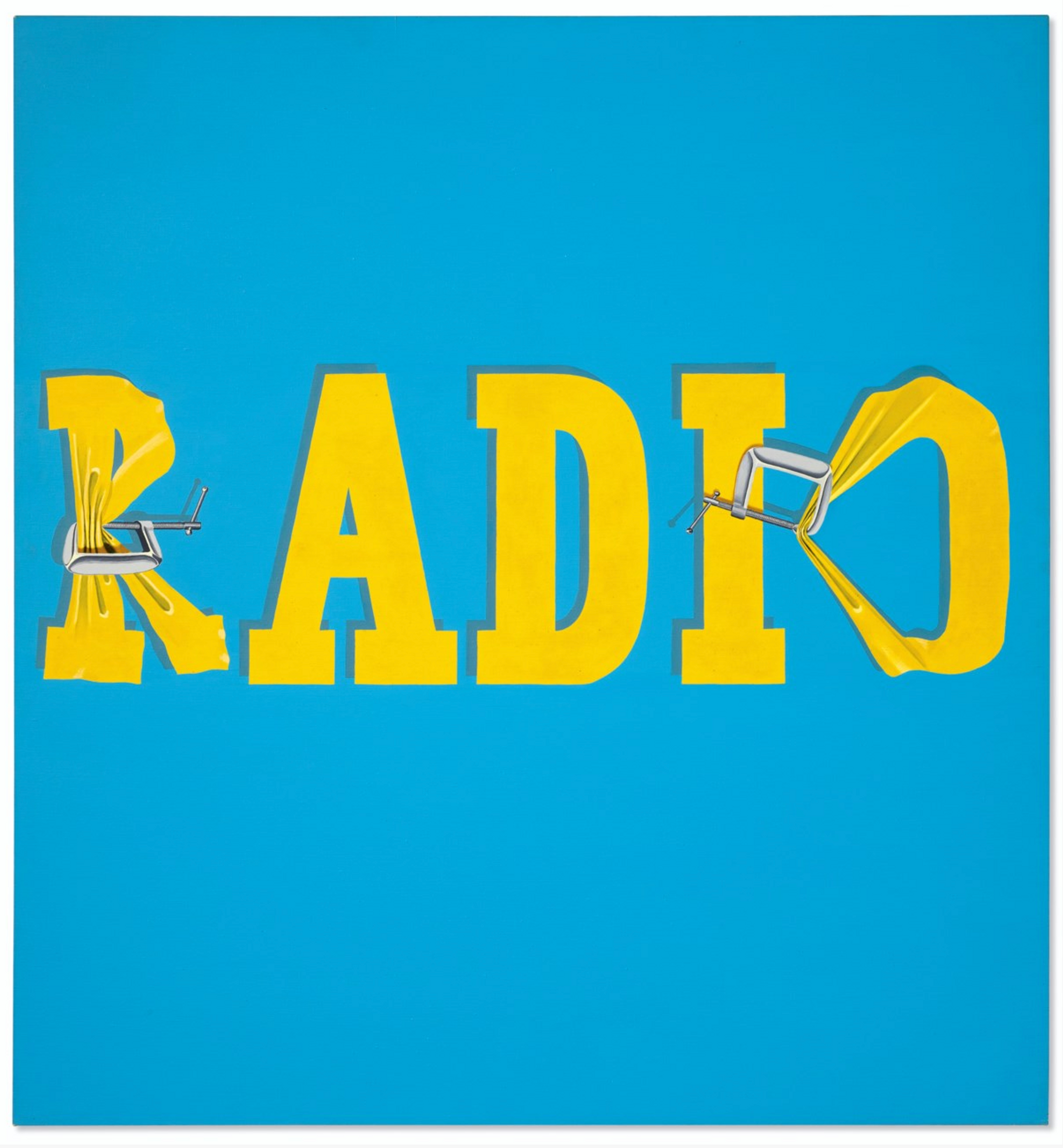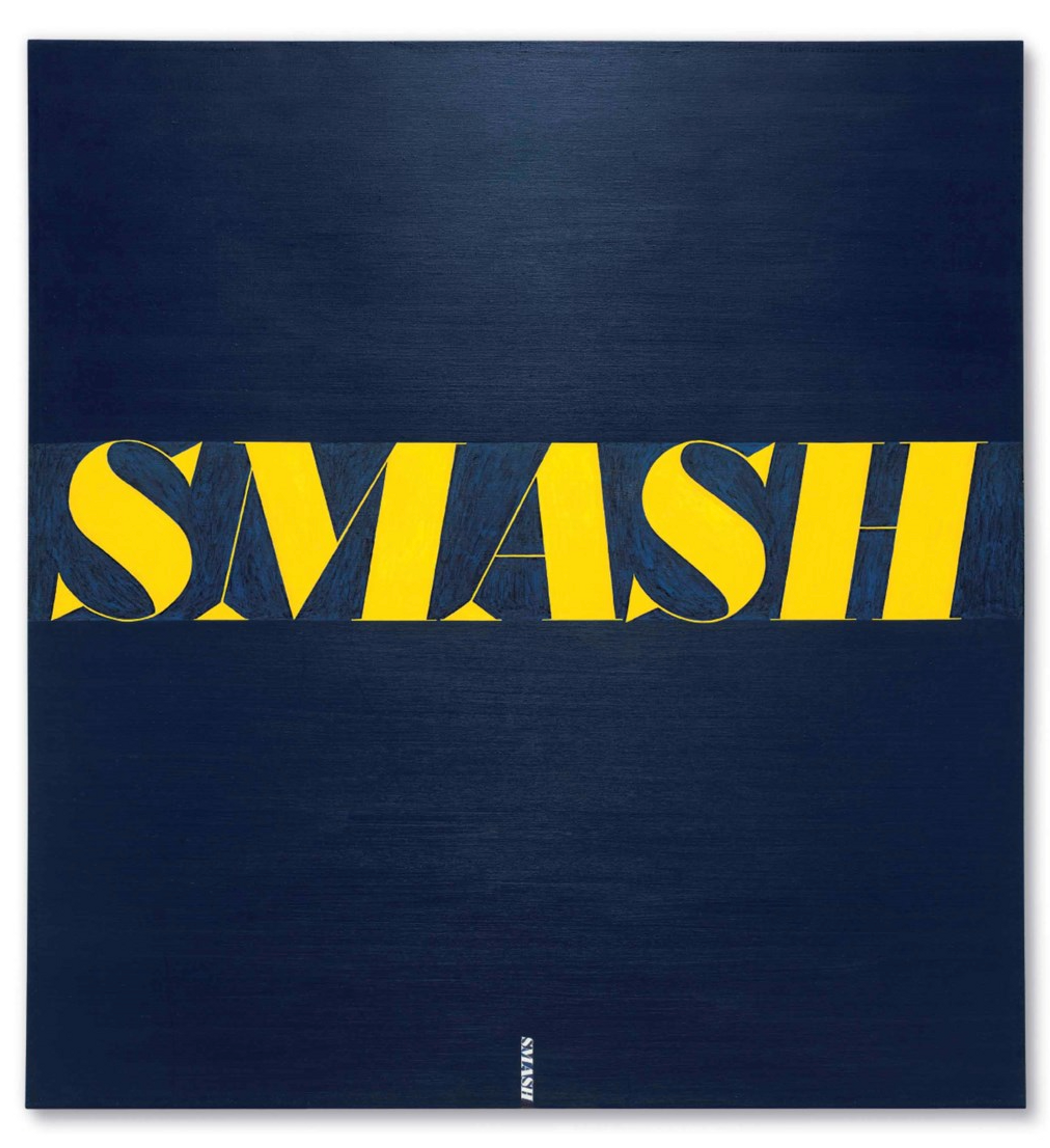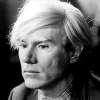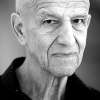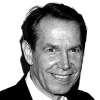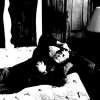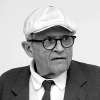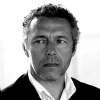Ed
Ruscha
Ed Ruscha’s Pop Art seamlessly blends high and low culture, using bold text, slogans, and American landscapes to create visually striking works. Explore his market trends and investment potential in our Collector's Guide to the Print Market in 2025. If you’re looking for original Ruscha prints and editions for sale or considering selling, request a complimentary valuation and browse our network’s most in-demand works.
Ed Ruscha art for sale
Discover Ed Ruscha prints for sale, exclusively available through our private network of collectors. Explore signed and unsigned screenprints, lithographs, digital prints, and rare editioned proof prints by era-defining blue chip artists.
Sell Your Art
with Us
with Us
Join Our Network of Collectors. Buy, Sell and Track Demand
Biography
Combining text, colour, and image to unique effect, Ed Ruscha’s artworks often engage with the American landscape. Saturated with the ironies of US consumer culture, the artist’s work recreates a variety of bold, hard-edged, and resolutely ‘all American’ iconographies, repurposing them as a means for social comment.
Born in Omaha, Nebraska, in America’s mid-West, Ruscha showed an interest in art from an early age, collecting stamps and coins for their bold, graphic composition.
At 18, Ruscha and a friend embarked on a road trip, eventually ending up in Los Angeles. Establishing himself in the Californian city, Ruscha enrolled at Chouinard Art Institute, where he studied under American installation artist Robert W. Irwin, and Abstract Expressionist painter, Emerson Woelffer. Upon graduation, Ruscha started work as a layout artist in the art department of a Los Angeles advertising agency.
A rare exception in art history, Ruscha’s early works were very well received and allowed the artist’s career to take off rapidly. In 1962, a number of Ruscha’s text-based works, which drew heavily from his background in advertising, were chosen by collector Walter Hopps for the ‘New Painting Of Common Objects’ exhibition at California’s Pasadena Art Museum. At the exhibition, Ruscha displayed works like his OOF (1962) alongside those of Roy Lichtenstein and Andy Warhol and became the youngest artist to be associated with the nascent Pop Art scene. This exhibition cemented Ruscha’s status as one of America’s most ground-breaking artists.
In 1963, Ruscha created his beloved artist book, Twentysix Gasoline Stations. Having moved to Los Angeles, Ruscha would often visit his parents in his native Oklahoma City, making the almost 1,400-mile-long journey alone in his car. Along the way, the service stations that punctuated Ruscha’s journey stood out to him for their minimal, streamlined architecture. The geometric apartment buildings of Los Angeles were next to catch Ruscha’s attention. In 1965, he published a collection of photographs depicting these blocky architectural forms, entitled Some Los Angeles Apartments.
Fascinated with the reproducibility of prefabricated American architecture, Ruscha began to paint some of his photographs. He went on to produce works such as the perspective-bending Standard Station (1966), which has since become a widely recognised symbol of contemporary American visual culture and the ultimate Ed Ruscha artwork. Since then, Ruscha reworked and reproduced many times that particular gas station, located on the outskirts of Amarillo, Texas, as in his 1969 screen print, Double Standard.







